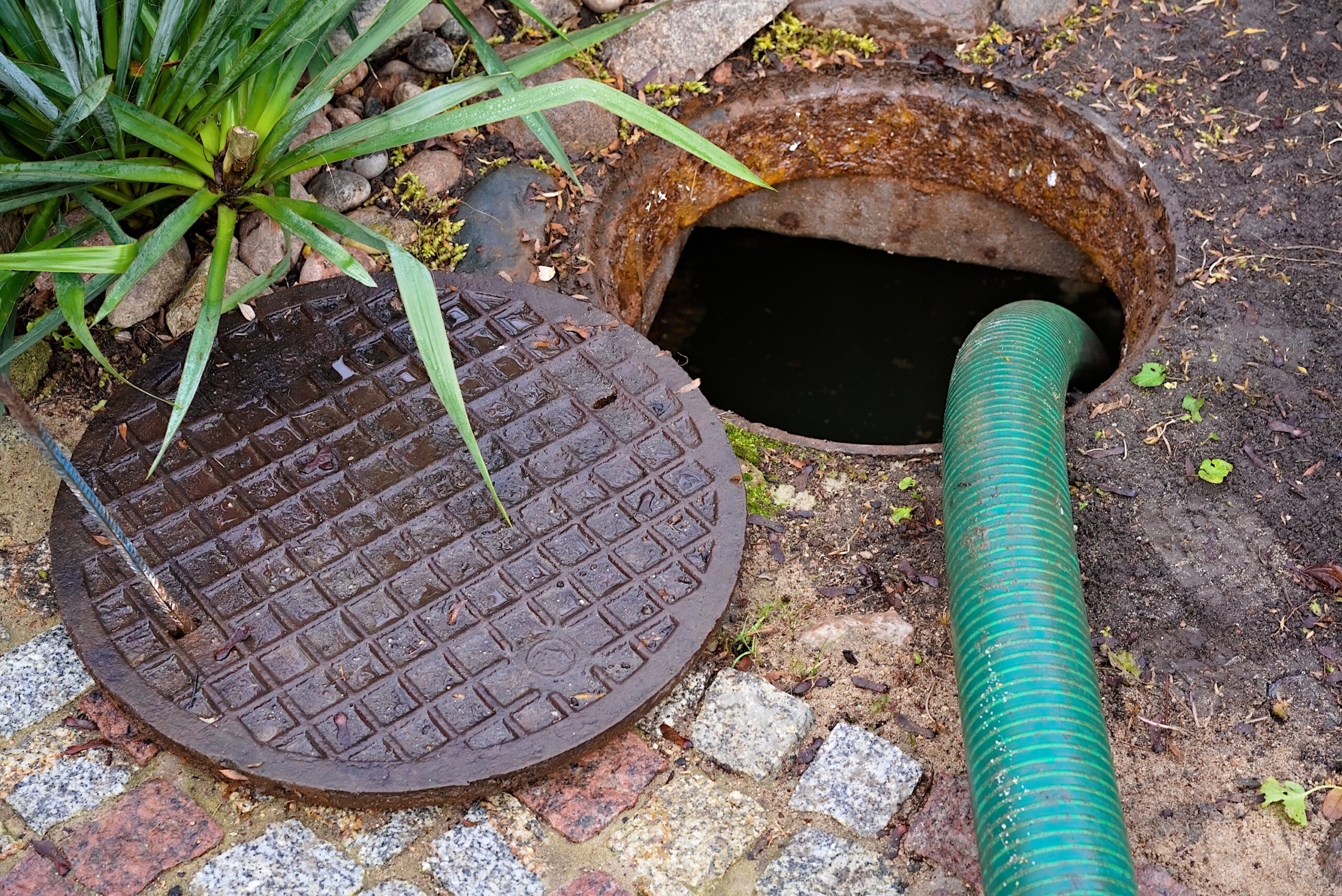The primary function of the septic tank is to allow organic material in the wastewater to:
 Settle at the bottom of the tank
Settle at the bottom of the tank- Be broken down into gas by bacteria
So, how does a homeowner know how effectively the septic tank is actually performing these functions? Are there standards set by the industry or government?
There has been a lot of research performed on how well septic tanks perform by several government agencies and universities. Searching the internet with the term “onsite wastewater treatment systems” will yield the most relevant and accurate sites and documents pertaining to septic tank performance.
One of the most important documents in the septic system industry, however, is the one that shows up at the top of the search results: the EPA’s Onsite Wastewater Treatment Systems Manual, EPA/625/R-00/008. This document contains terms and statistics that are referenced and cited by other government agencies and companies throughout the septic system industry.
In EPA/625/R-00/008, the EPA defines several standard measurements to gauge how effective a septic tank is within the septic system at processing wastewater. One of these measurements is TSS, or total suspended solids. Again, searching the internet with the term “TSS” will produce several websites that define in detail what this measurement is and how it is measured. Briefly, TSS quantifies the concentration of suspended solids in the wastewater. The higher the number is, the dirtier the wastewater.
EPA/625/R-00/008 Table 3-7 identifies that the typical residential influent (incoming wastewater into the septic tank) contains anywhere from 155 to 330 milligrams of suspended solids per liter (.02 to .04 ounces per gallon) of wastewater. Table 3-19 states that the typical anaerobic septic tank will reduce this TSS concentration to 50 to 100 milligrams per liter. Most state government agencies state that TSS for septic tank effluent must be below anywhere from 125 to 150 milligrams per liter. Actual TSS measurements for any given septic tank vary greatly but can be assumed to be near the high end of these ranges.
The long term effects of anaerobic septic tank passing effluent with high TSS levels to a drainfield are well documented: they contribute to the failure of the system, on average, in 15 years.
TSS for aerobic septic tanks, however, are much lower than the anaerobic tanks because the aerobic bacteria have a more active and efficient metabolism; more organic material is consumed, reducing the amount of suspended solids. The lower TSS from the aerobic septic tank, along with the dissolved oxygen and aerobic bacteria, can extend the life of the drainfield indefinitely.












